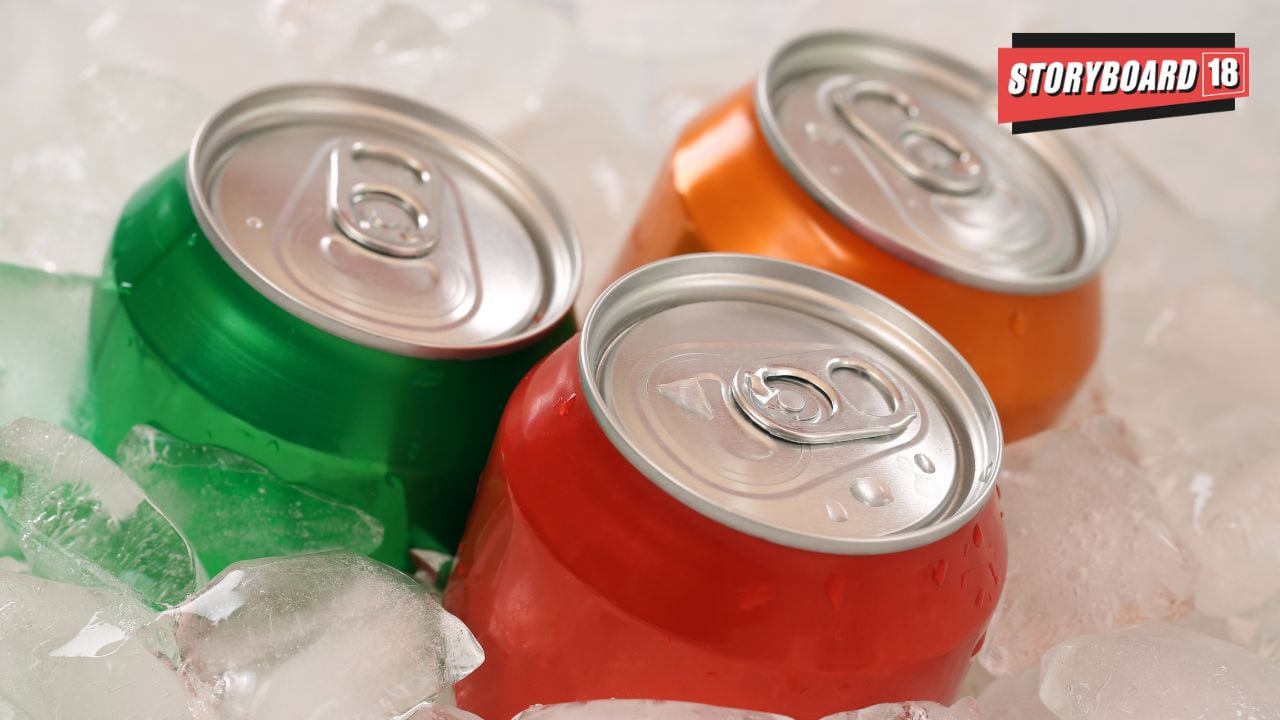As a blistering summer scorches much of India, major soft drink companies are pouring millions into advertising in a bid to not only quench thirsts but dominate consumer consciousness. With temperatures and competition soaring in tandem, beverage companies are accelerating marketing campaigns across television, digital media, and outdoor platforms, turning the season into a high-stakes contest for market share.
This year, the soft drinks sector finds itself at the intersection of climate urgency, evolving consumption habits, and digital innovation. According to Shailja Joshi, Category Lead for Cola and Flavours at PepsiCo India, brands are leaning into “real-time digital engagement, bold storytelling and purpose-led narratives” to appeal to socially aware, mobile-first consumers. While television continues to play a role in broad outreach, she notes, the industry is pivoting toward immersive, personalized campaigns designed for the digital age.
Projections from Statista suggest that India’s soft drinks market will generate an estimated $3.71 billion in revenue in 2025. A vast majority—about $3.49 billion—is expected to stem from at-home consumption through supermarkets and convenience stores. Out-of-home consumption in restaurants and bars will account for a more modest $221 million. The at-home segment is anticipated to grow at a compound annual growth rate of 5.08% between 2025 and 2029.
Digital platforms are now commanding the lion’s share of advertising expenditure. Krishna Iyer, Director of Marketing at the MullenLowe Lintas Group, said digital now comprises 60% of the advertising mix, overtaking traditional television-first strategies. “With overall ad spends up by 8 to 10 percent year-on-year, brands are clearly prioritizing digital engagement,” he said, pointing to the growing influence of influencer content, OTT platforms, and Connected TV in urban centers.
The surge mirrors a broader shift in India’s consumption patterns, with urban and younger consumers especially prioritizing low-calorie and healthier food and beverage choices. As Indian consumers grow increasingly health-conscious, beverage majors Coca-Cola and PepsiCo are doubling down on their no-sugar strategies to meet the surging demand. For instance, Coca-Cola India has unveiled Thums Up XForce, a no-sugar variant, aimed to preserve the brand’s intensity while aligning with a healthier lifestyle trend.
According to NielsenIQ data, sales of low and no-sugar beverages in India doubled in 2024, reaching an estimated Rs 700–750 crore. Recognizing the shift in consumption habits, both Coca-Cola and PepsiCo are introducing no-sugar beverages in affordable Rs 10 packs, including Thums Up XForce, Coke Zero, Sprite Zero and Pepsi No-Sugar. Notedly, this is the first time diet and light beverages are being made available at such accessible price points, reflecting companies’ commitment to democratizing healthier beverage options.
Among the most closely watched players is Campa, a legacy brand revived under the Reliance Consumer Products banner. In just 18 months, it has emerged as a Rs1,000 crore brand, according to sources familiar with the company’s performance. Regional markets such as Uttar Pradesh and West Bengal have delivered double-digit market share, while Maharashtra and Delhi-NCR saw two-fold and four-fold growth respectively. Even the North-East, often a challenging terrain for national brands, posted a staggering seven-fold increase. The company initially relied on visibility-focused strategies, opting out of traditional promotions. That approach changed this season, with Campa joining the Indian Premier League (IPL) as a co-presenting sponsor for its first above-the-line campaign.
Retail Remains King, But Quick Commerce Rises
While traditional retail continues to dominate sales, accounting for 70% of the market, newer channels are bubbling up. Quick commerce platforms like Zepto and Blinkit are estimated to handle 15–20% of urban soft drink consumption. Meanwhile, e-commerce, driven by a 28% year-on-year growth, now makes up 5% of revenue in emerging markets.
HELL ENERGY DRINK, which increased its overall marketing budget by 30% this year, is navigating both retail and digital landscapes. “We identified high-impact opportunities across both traditional and digital channels,” said Unnikannan Gangadharan, Director of HELL-ENERGY PRIVATE LIMITED. The brand continues to split spending evenly between the two formats, but has seen significant traction on quick commerce platforms, even as retail remains its strongest distribution channel.
Campa, by contrast, remains heavily reliant on general and modern trade outlets, with 95% of its sales coming through these traditional modes.
New Playbooks for a New Consumer
As advertising strategies shift, the tools of engagement are evolving. Influencer marketing and short-form video content have emerged as central pillars of brand outreach. PepsiCo has launched a series of digital campaigns, including food-pairing content and regional storytelling aimed at micro-audiences. “Short-form video formats offer high-impact reach and frequency,” said Joshi. “We’re investing in cultural relevance, digital-first storytelling, and affordable pricing to ensure accessibility.”
HELL ENERGY is also targeting the youth via user-generated content and promotional giveaways, ranging from designer backpacks to iPhones, to deepen engagement. Gangadharan said this year’s IPL partnership is a strategic touchpoint, timed to the surge in beverage consumption during peak summer. “Our ‘WIN WITH HELL’ campaign aligns perfectly with both the IPL calendar and our brand ambitions,” he said.
Amid the frenzy, marketers are already looking toward the future. “Cola advertising will be less about mass media and more about hyper-personalized experiences,” Iyer said, forecasting a wave of predictive AI tools, gamified interactions, and NFT-driven engagement.
With climate-driven consumption patterns reshaping strategies and digital channels redrawing the battlefield, the cola wars, between the majors and newer challengers, are no longer just about thirst, they’re about timing, technology, and tactical innovation.
